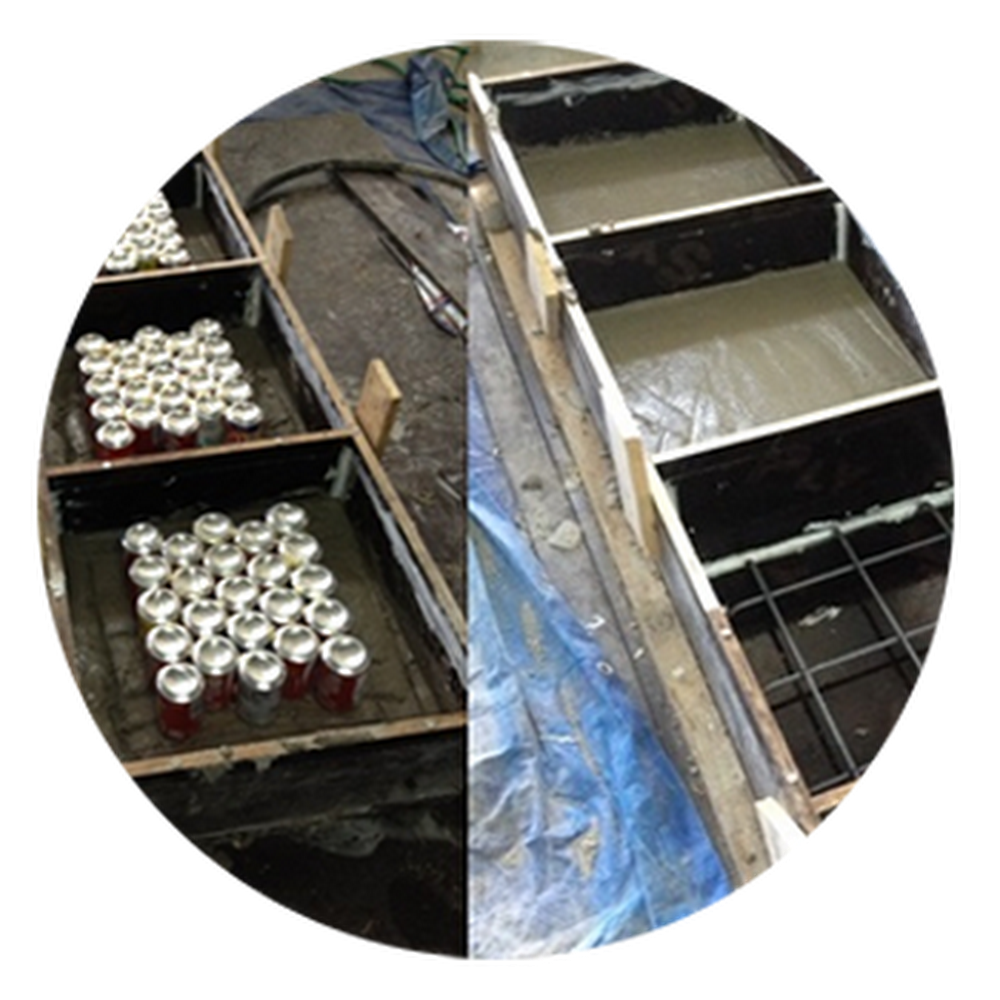Editor's note: Tune into the Google Science Fair website on July 18th to find out which five young scientists below will win their regional Community Impact Award! With the generous support of our partners, these winners will receive mentors and scholarships to help them further their education and inspiring projects. To keep an eye on the competition, visit the Google Science Fair site, and follow along on Google+ and Twitter.
Through the Google Science Fair, we've invited today's brightest young minds to answer an important question: how can they make the world better through science, math, and engineering? We received thousands of extremely impressive answers to this question from over 107 countries this year, and we can’t wait to announce the winners later in September.
But before we get there, we want to first recognize the projects that aim to solve tough community challenges like providing clean drinking water, keeping people safe from natural disasters, and fighting droughts. This year, we'll be giving not just one, but five regional Community Impact Awards: one for each top project that focuses on fixing a difficult resource problem across North America, Latin America, the Middle East & Africa, Asia & the Pacific Islands and Europe.
Please join us and our partners — LEGO Education, Scientific American, National Geographic and Virgin Galactic — in celebrating the top 25 global Community Impact Award finalists below:
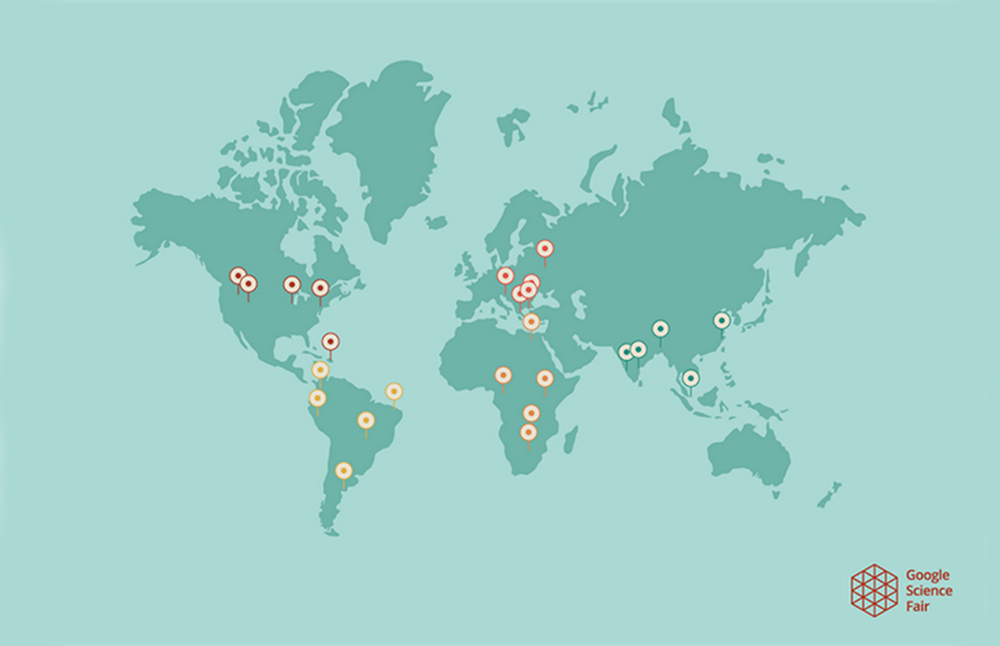
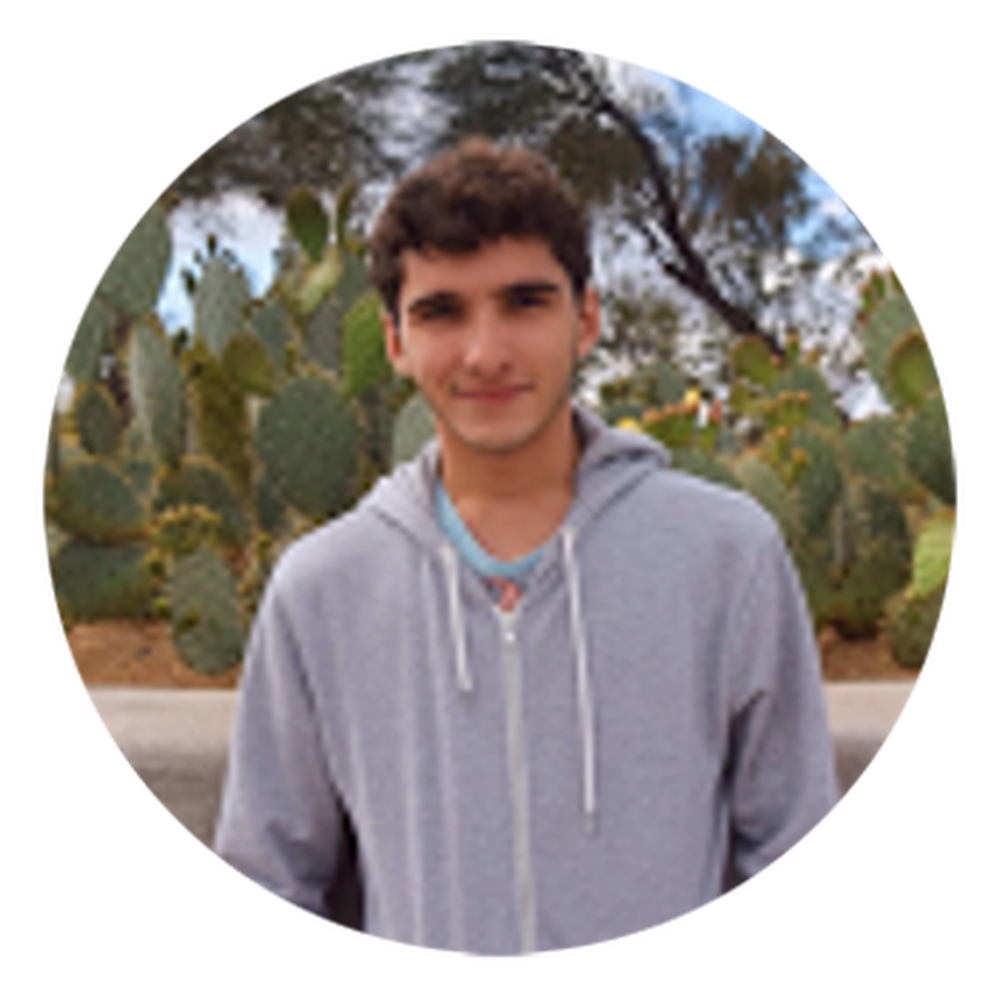
José Luis (16) has a passion for protecting the environment and regularly volunteers for beach clean-ups in his hometown of Gurabo, Puerto Rico. Inspired to protect the beaches he loves so much, José Luis set out to find an environmentally safe way to preserve the beauty of the shore's ecosystem. He found the answer in a surprising resource: mangrove oysters! While this delicacy found on Caribbean and South American Atlantic coasts is a popular dish with locals, José Luis discovered that they're also highly efficient organic filters. With the ability to quickly process ~15L of contaminated water within 2 hours without any negative impact on the environment, José Luis believes the mangrove oyster is a safe, cost-effective way to restore and maintain the Gurabo shoreline for years to come.
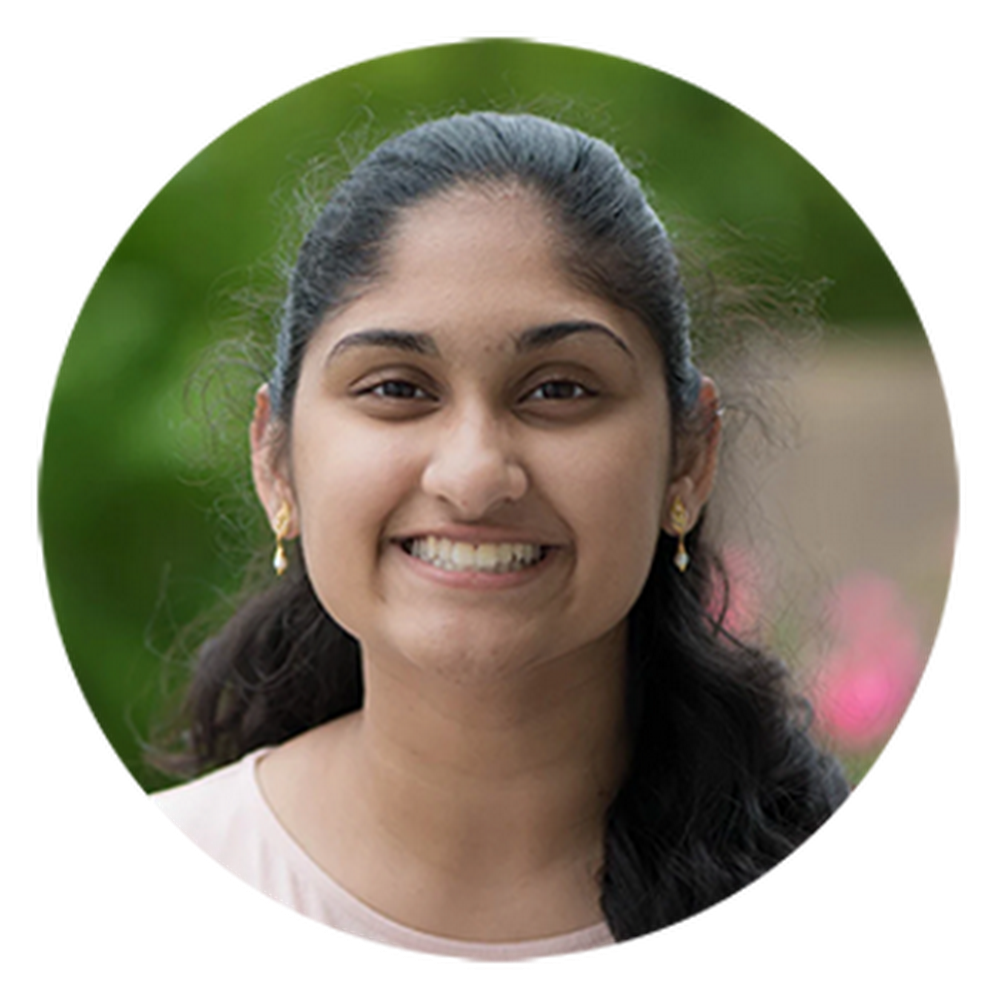
Naveena (16) wants to solve the problem of global warming, and was on a mission to find a way to reduce global carbon dioxide emissions that cause this phenomenon. With buildings contributing up to 40% of today's global energy consumption, Naveena concluded that simply making buildings more energy-efficient could reduce that consumption by as much as 100 quadrillion BTUs. Her additional research showed that while installing "smart windows" is the quickest and most-recommended solution, they can be too expensive for most people to install. Her answer? Even smarter windows! With help from a cheaper glass coating technology called SEAS-LIR, Naveena believes her Richland, WA community can save thousands of dollars on installation and energy costs, while significantly reducing its overall carbon footprint.
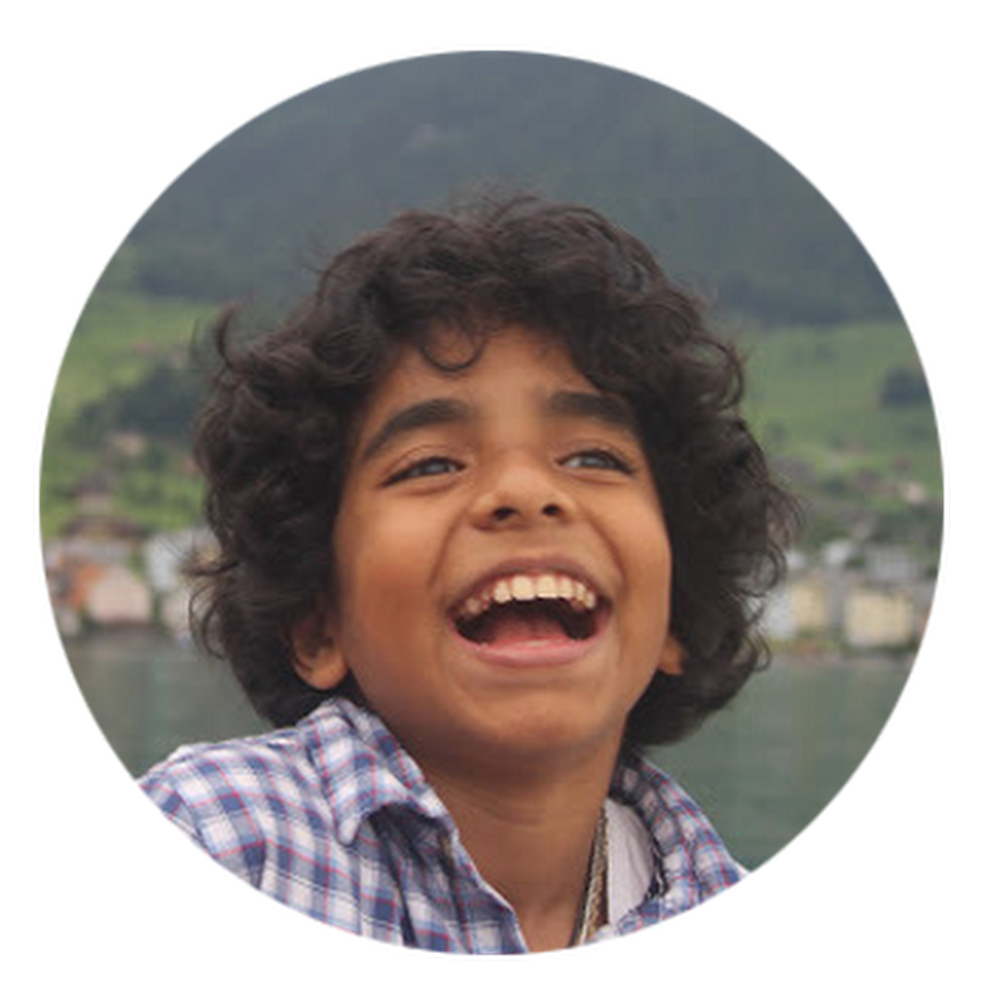
Eeshan (14) was horrified to discover how harmful poor air quality can be to expectant mothers and young children. It turns out that typical carbon monoxide and smoke detectors can't identify some of the more common chemicals in the air, and that simply opening a window can drastically reduce complications from these pollutants. After surveying mothers in his community, Eeshan also discovered that many people have no idea if or when the air quality has reached a dangerous level around them. He devoted himself to creating a solution: an app that monitors the air around you and sends an alert with specific air improvement instructions based on the level of chemicals it finds. Eeshan hopes his device can help people keep the air safe for their loved ones at home.
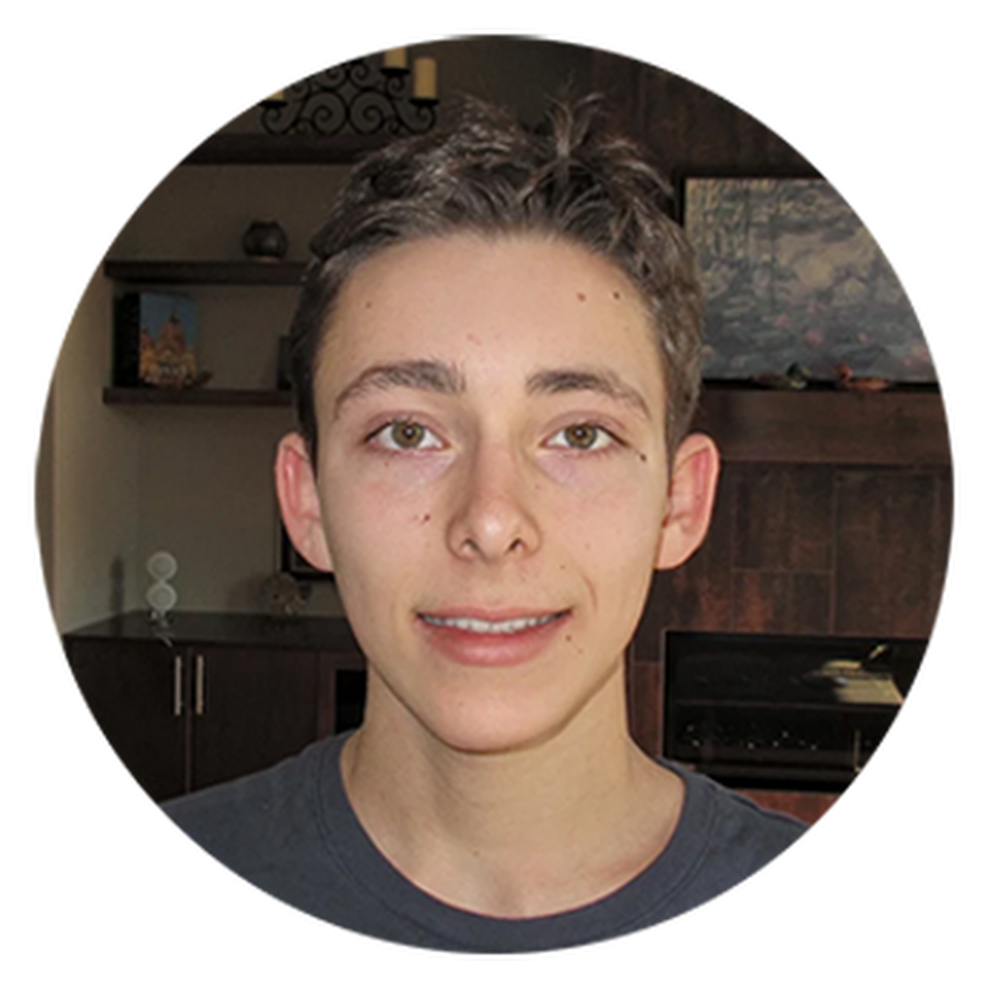
In 2014, Alex (15) was disappointed to see how difficult it was for the average inner city family to access lead-free drinking water during Flint, Michigan's water crisis in 2014. Eager to create an affordable lead filter option for people to use, he began researching the issue and found that water served to over 6M people across the US contains lead levels that can cause serious illnesses in children and adults. His experiments showed that you can avoid using traditional filters that require a dangerous and environmentally unsafe acid bath, and instead use simple products like sugar, water, a heating mechanism -- and, surprisingly, seashells. Highly absorbent and cheap to create, Alex's new filter lasts for at least 30 days, reducing both lead and iron levels by over 60%. Alex hopes this new solution can be used in his local community and around the US to remove lead from their local water supply until lead pipes can be replaced with safer options.
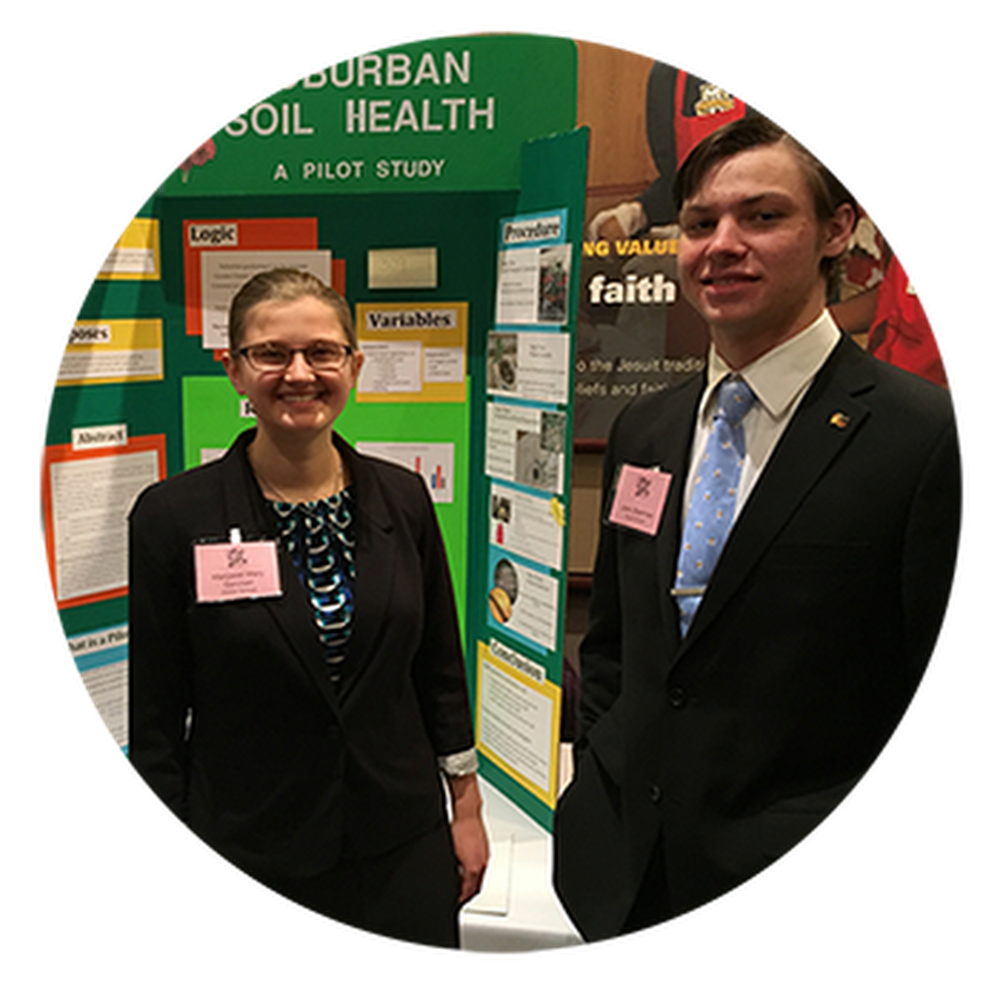
For John (15) and Margaret Mary (16) of Milwaukee, WI, science is a part of everyday home life. With John's talents in Biomedical Engineering, and Margaret Mary's passion for medical and environmental science, the pair decided to see how their different fields could help tackle the same science challenge together. They set out to explore whether the soil in their own backyards could support a sustainable garden for their families, even when treated with common yard care chemicals. To their surprise, it turns out that organisms beneficial to gardening can still thrive in the average suburban yard, providing local families with a yard the chance to grow their own healthy vegetables and fruit.
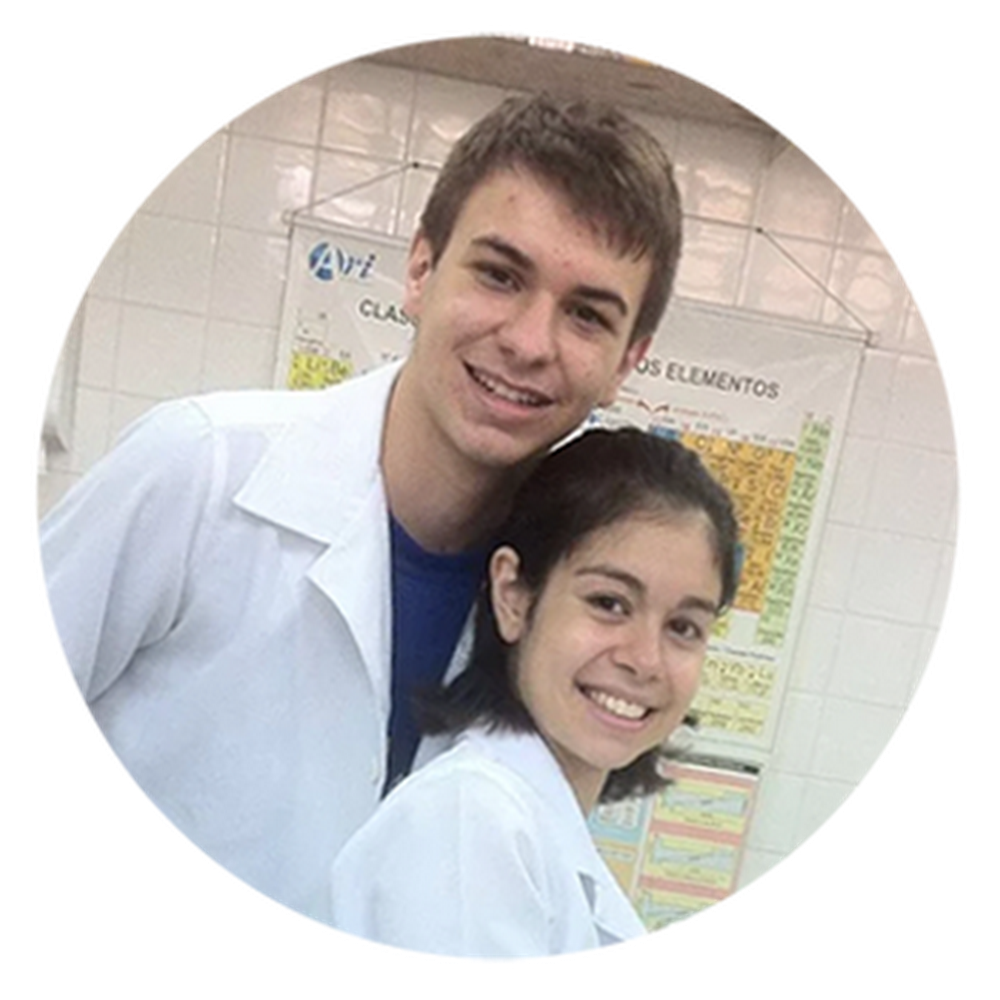
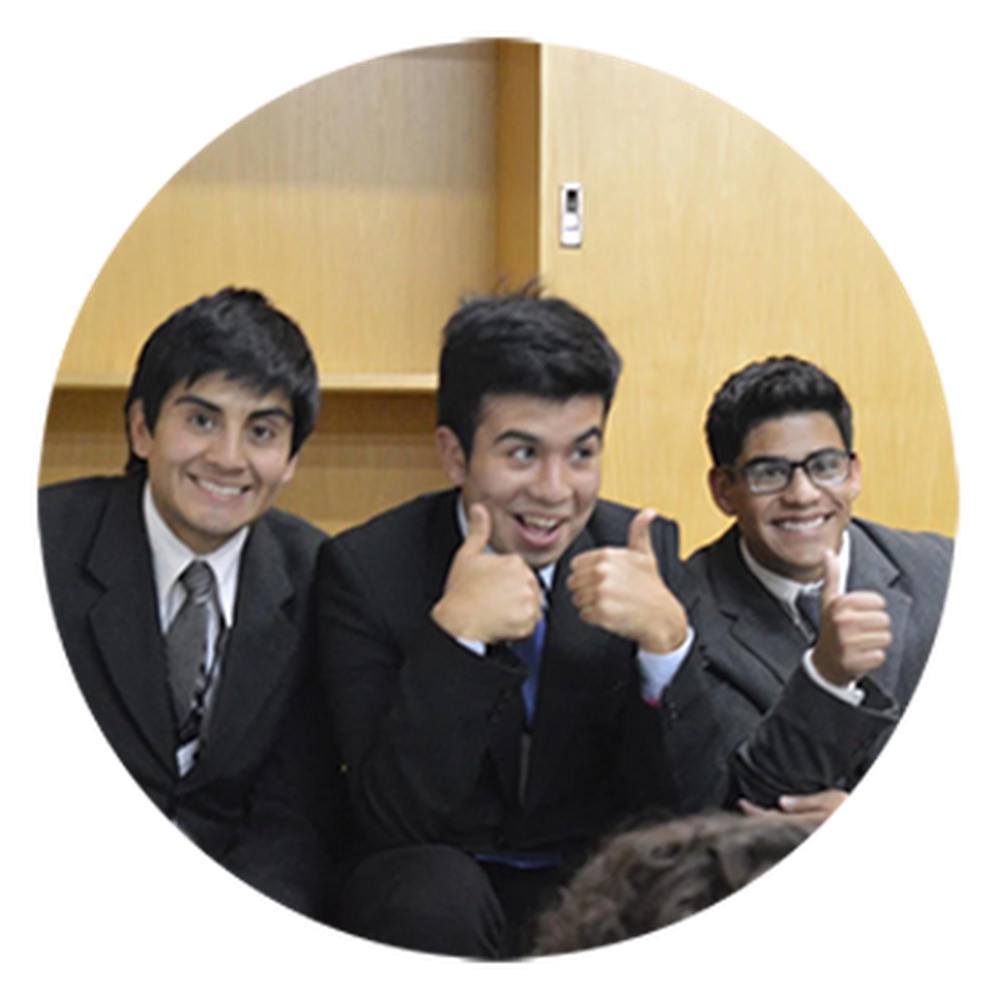
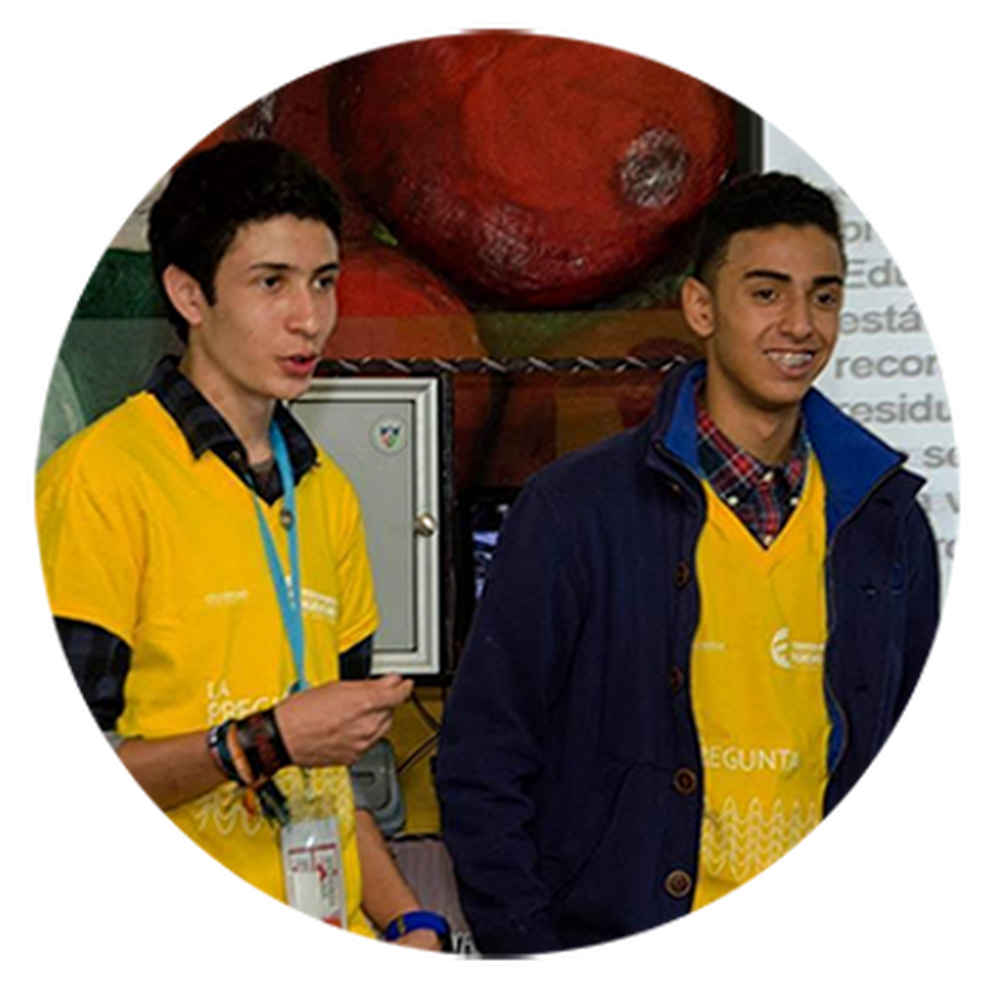
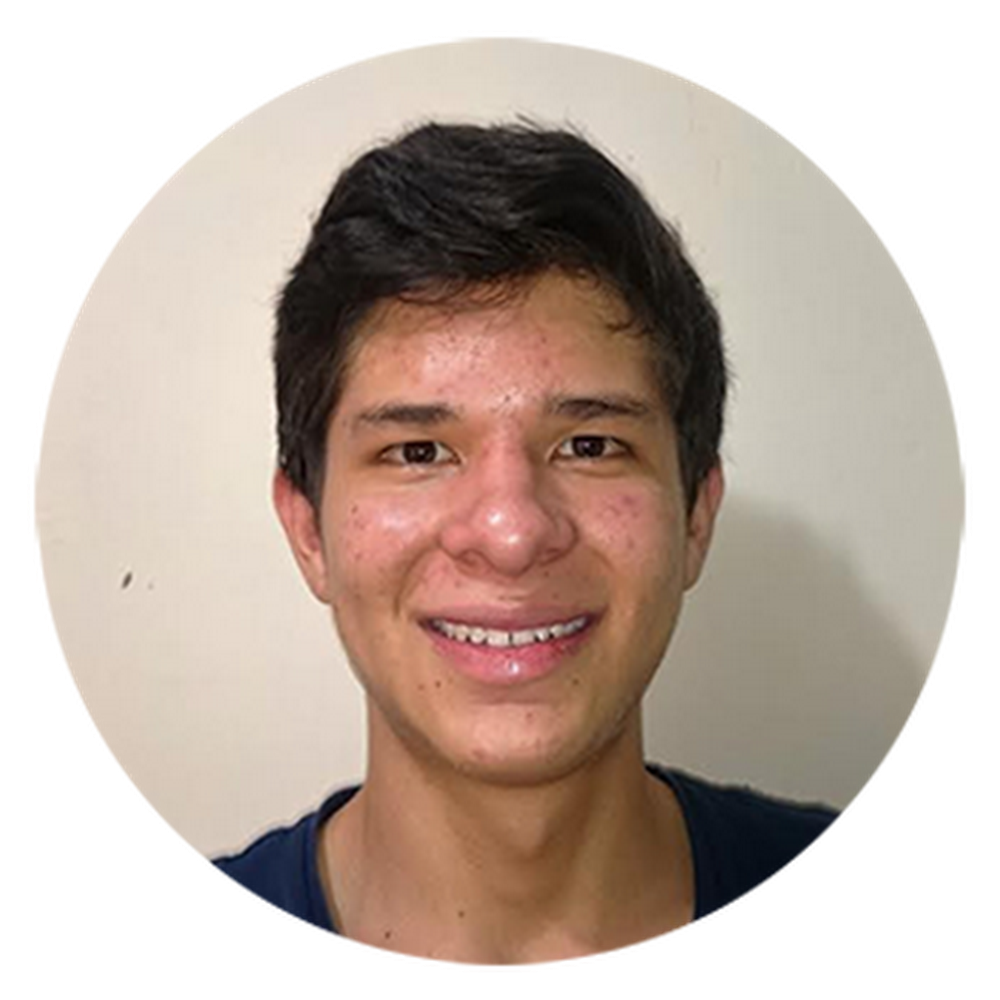
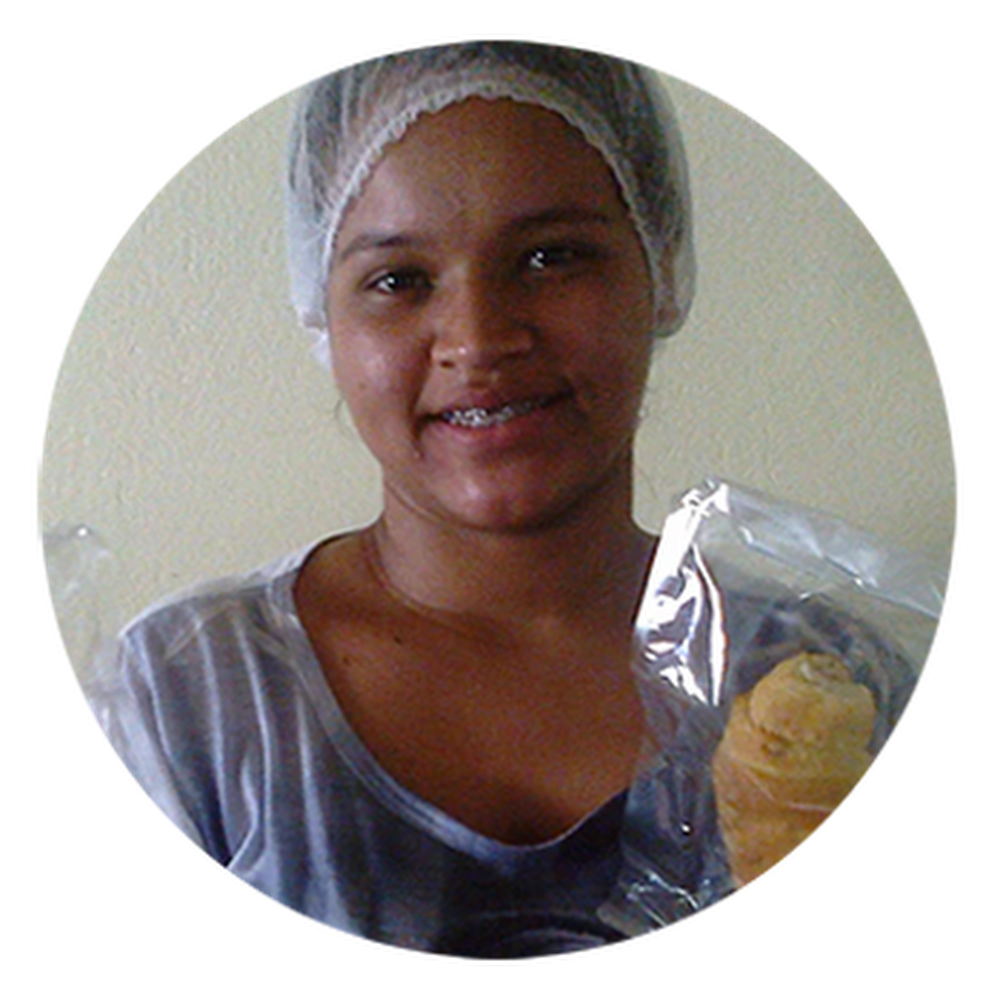
ASIA PACIFIC
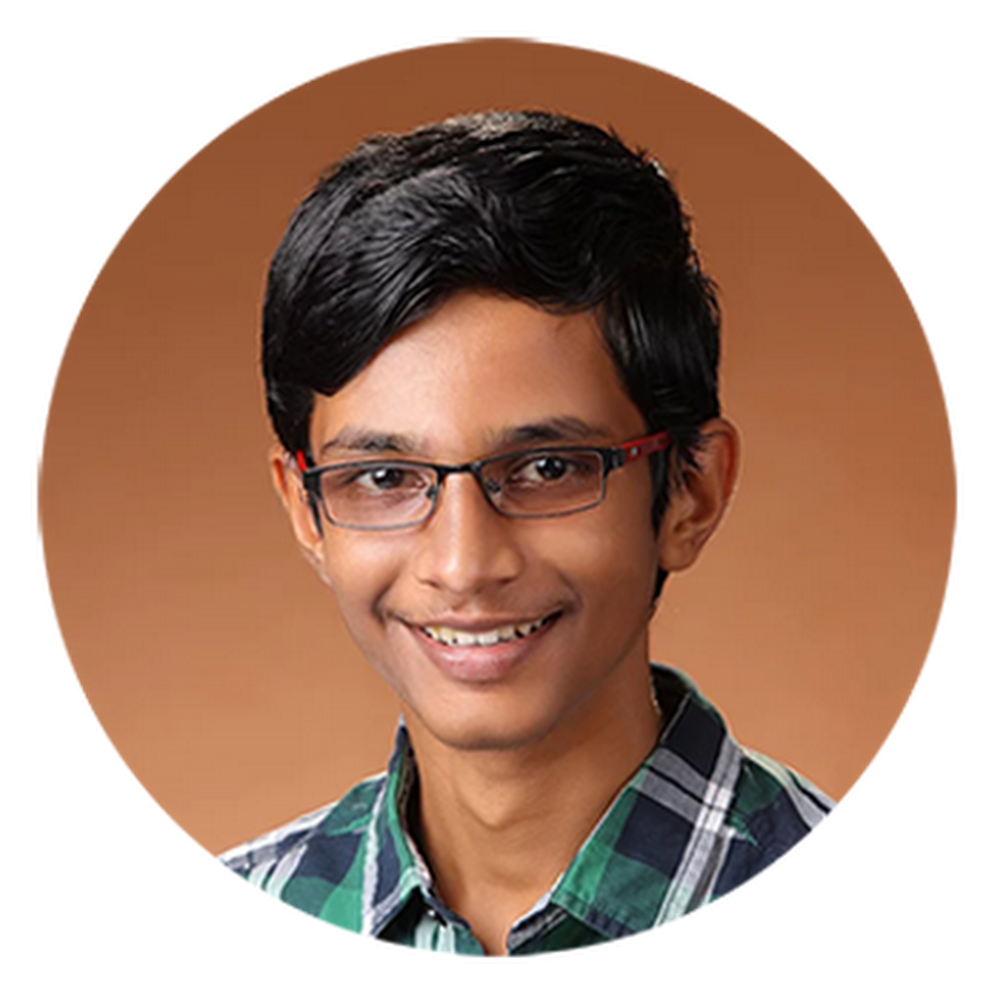
In Chennai, Tamil Nadu, India, Advay (14) was dismayed to hear how often local Rameswaram fishermen were captured and arrested for long periods of time due to making a simple mistake: crossing an International Maritime Boundary line it was impossible for them to see. Given the high penalties and impact to fishermen's livelihoods, Advay wanted to create an easy-to-use GPS system to send alerts when sailors approached maritime borders or when better fishing was available in another area. The system can also alert fishermen to dangerous weather conditions, so they can steer clear. Advay's invention is designed to work on any type of handheld mobile device, and he hopes that with it more local fishermen can avoid financial hardship and stay safe at sea.
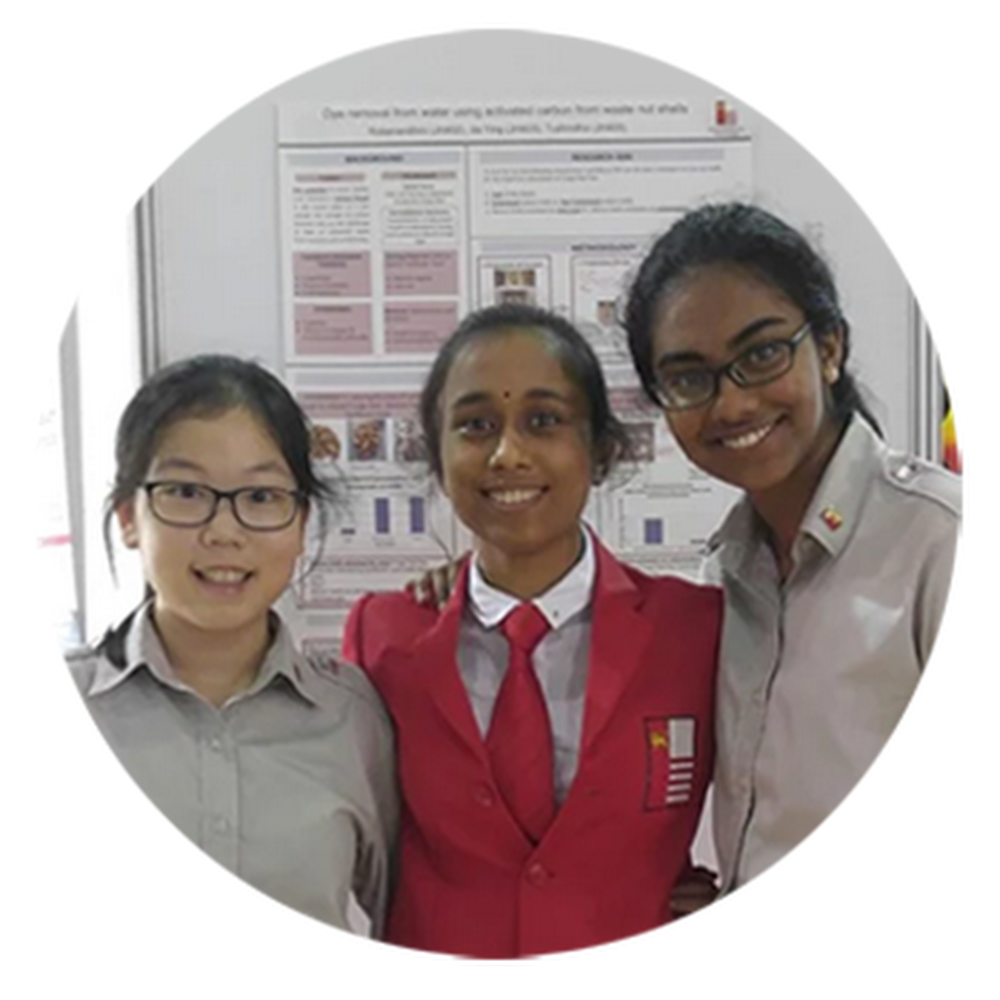
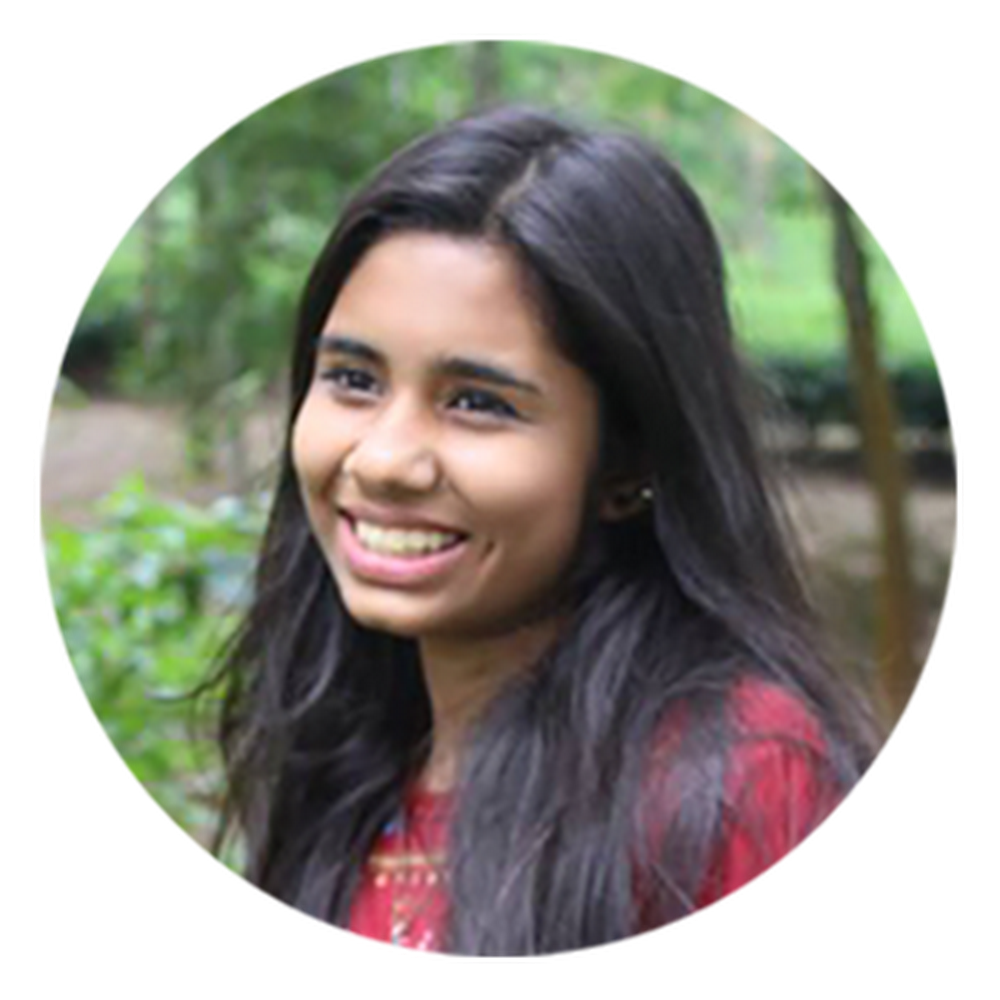
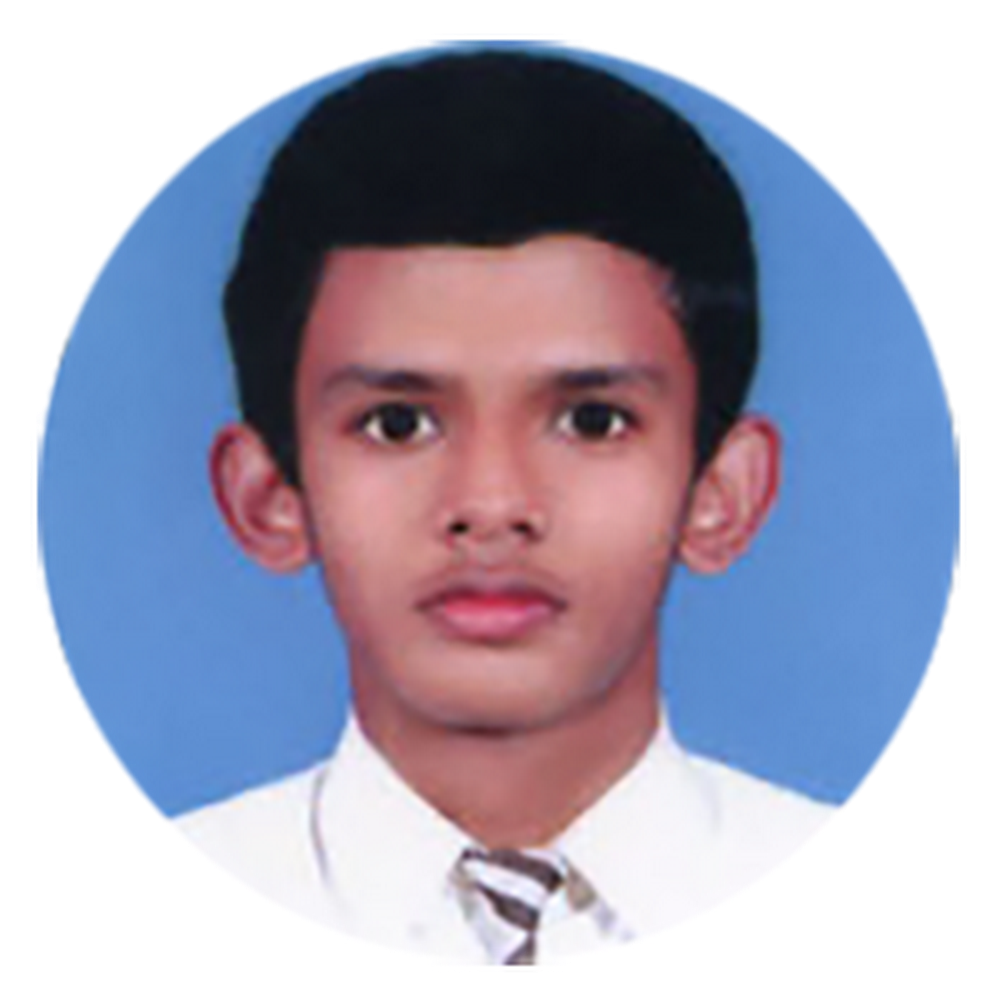
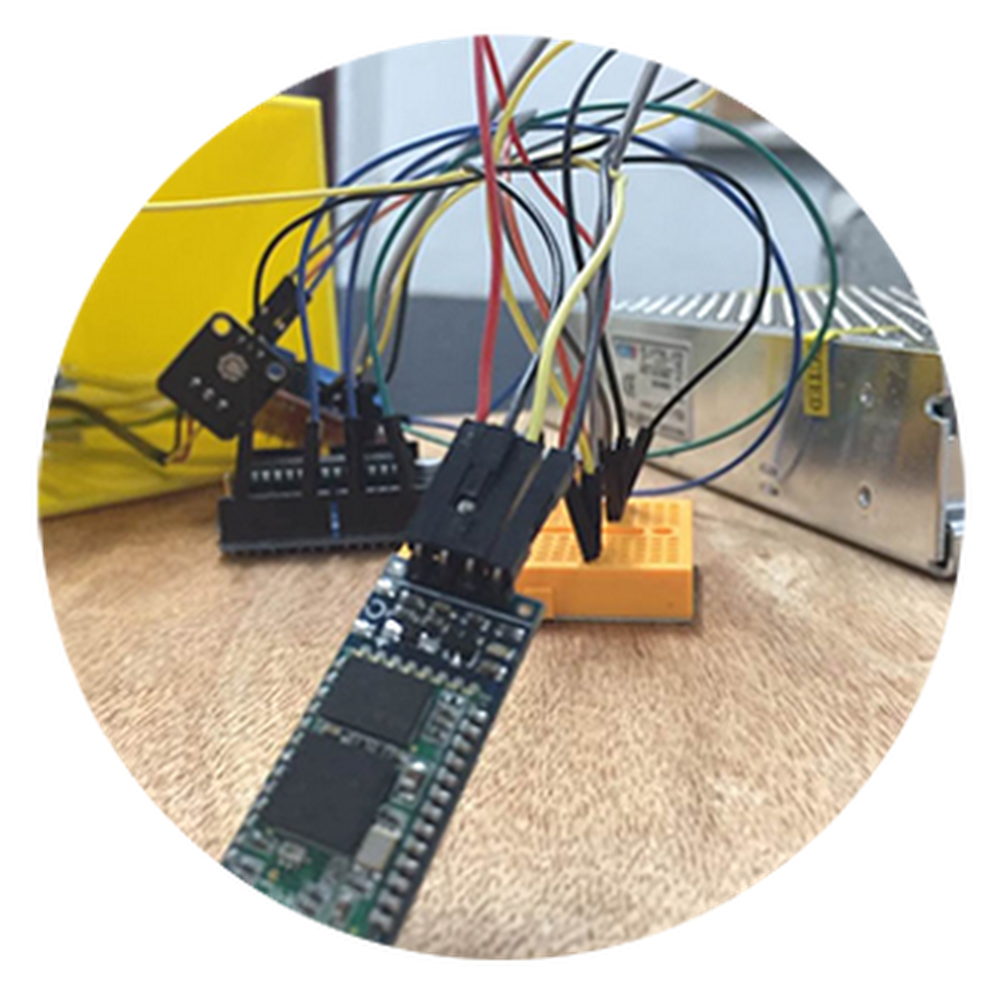
AFRICA AND MIDDLE EAST
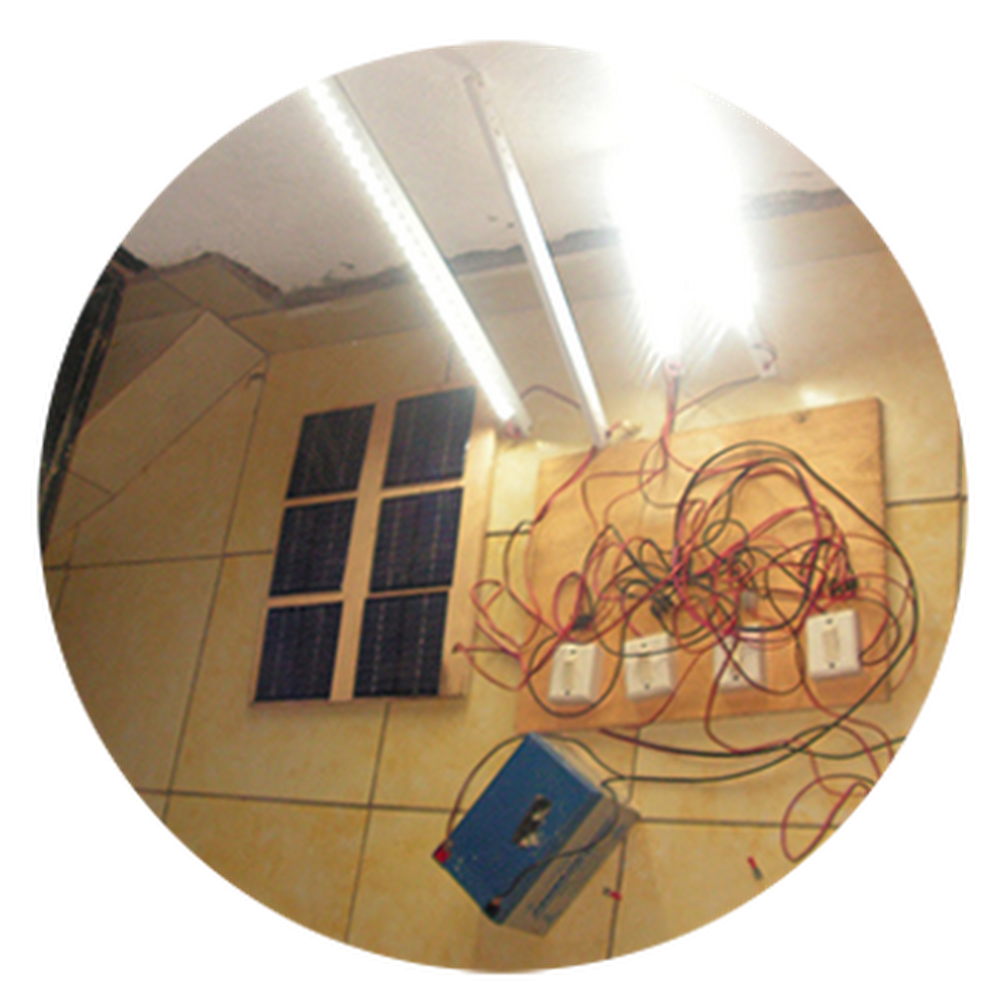
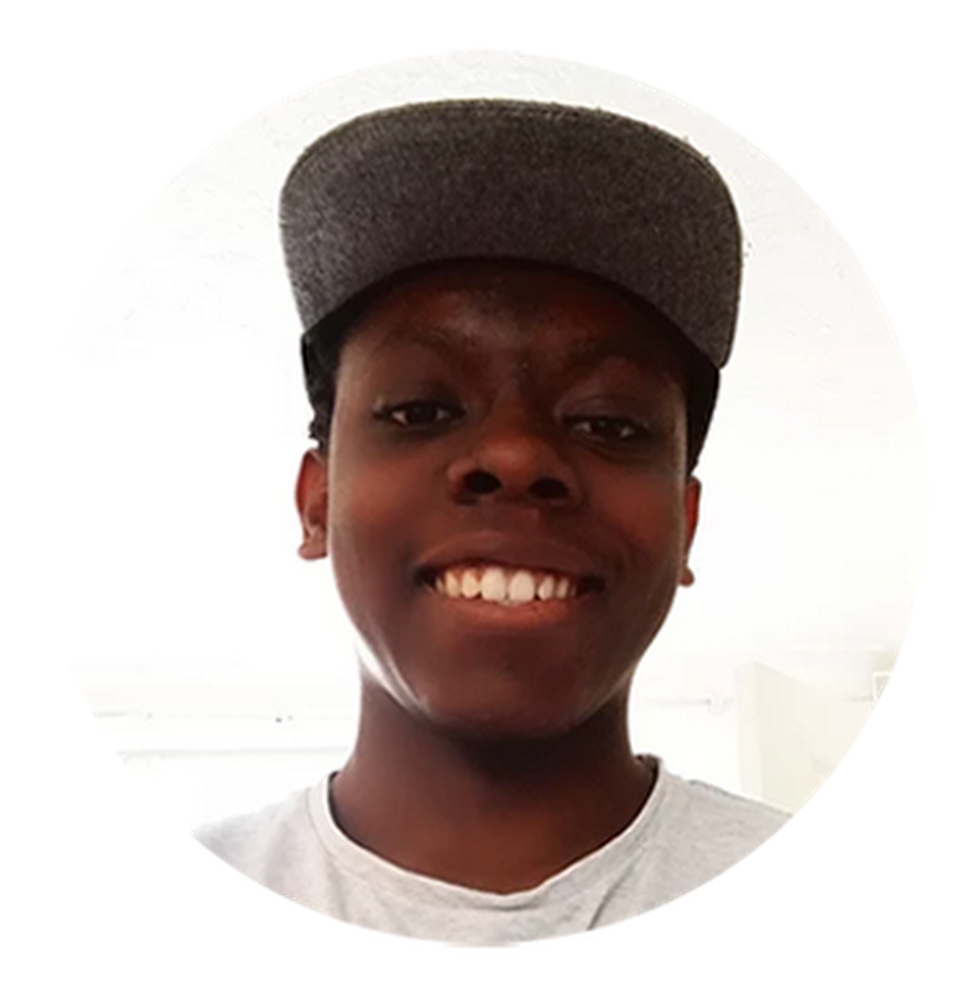
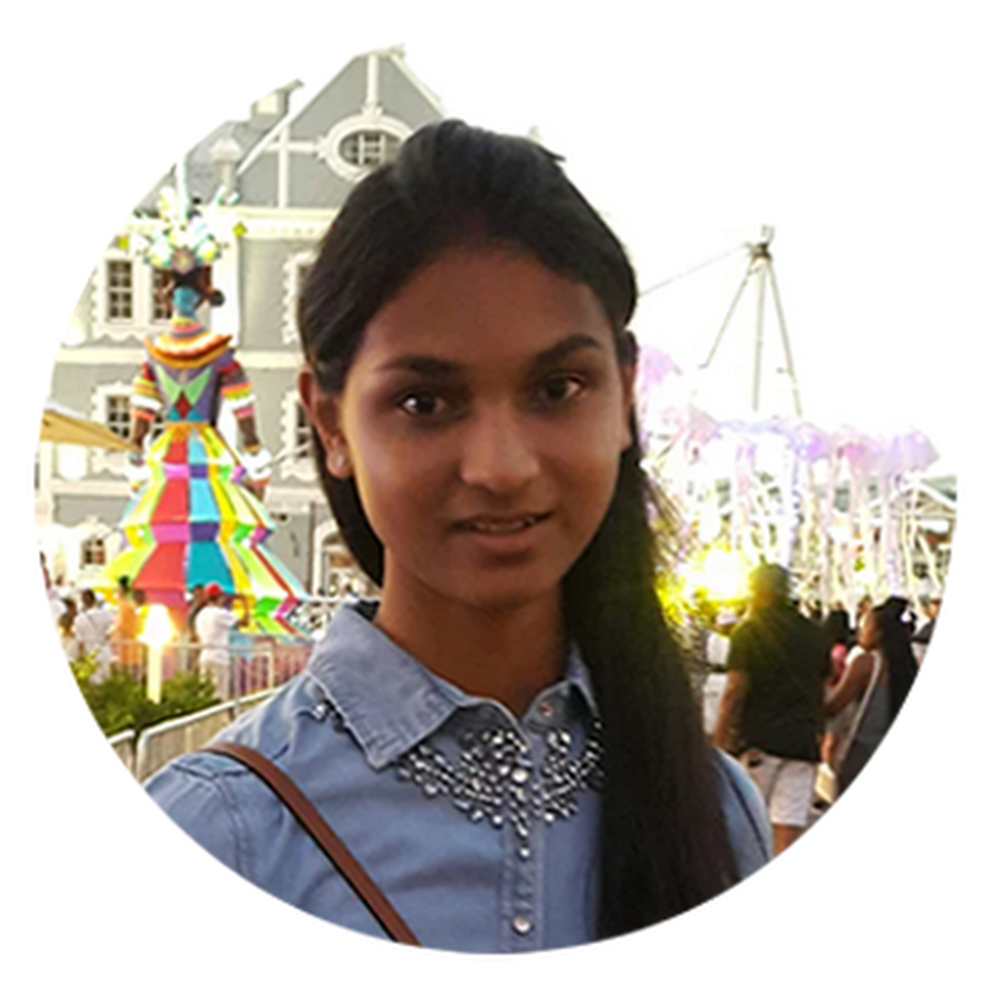
Reliable Energy with Solar Power 2.0
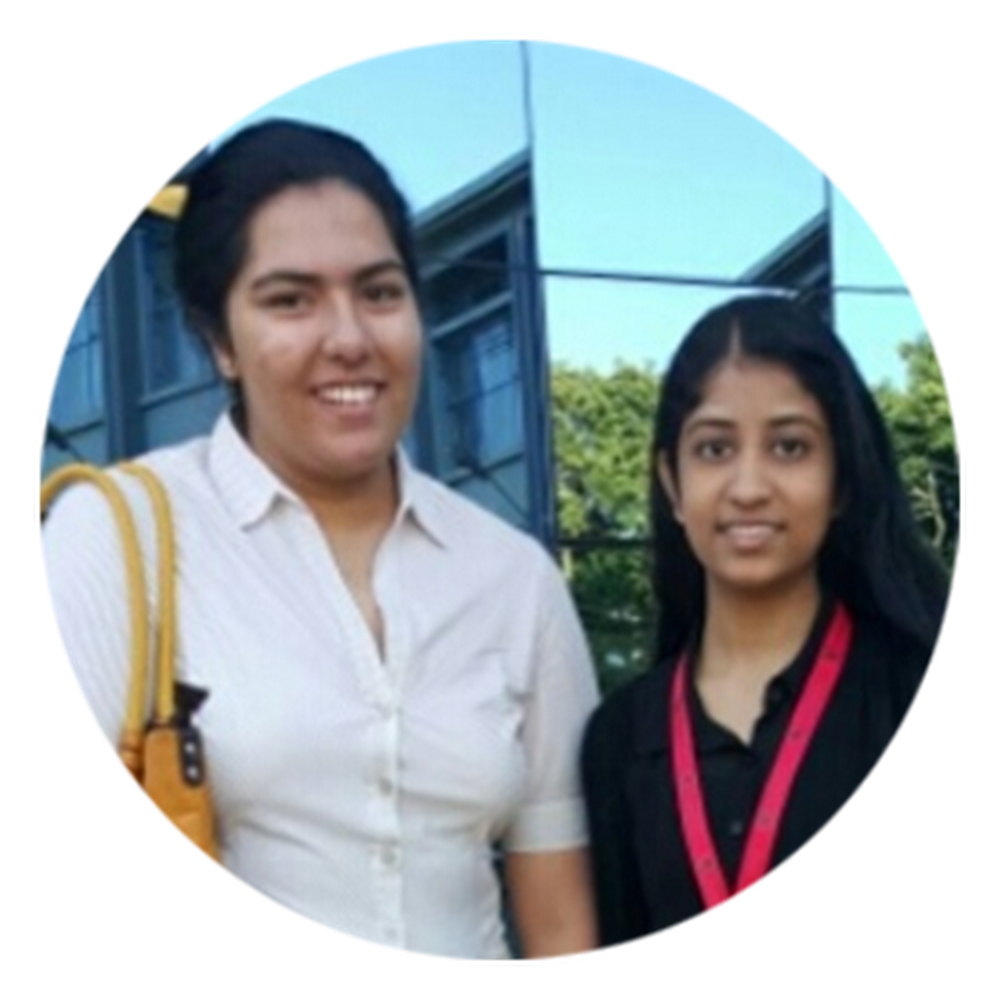
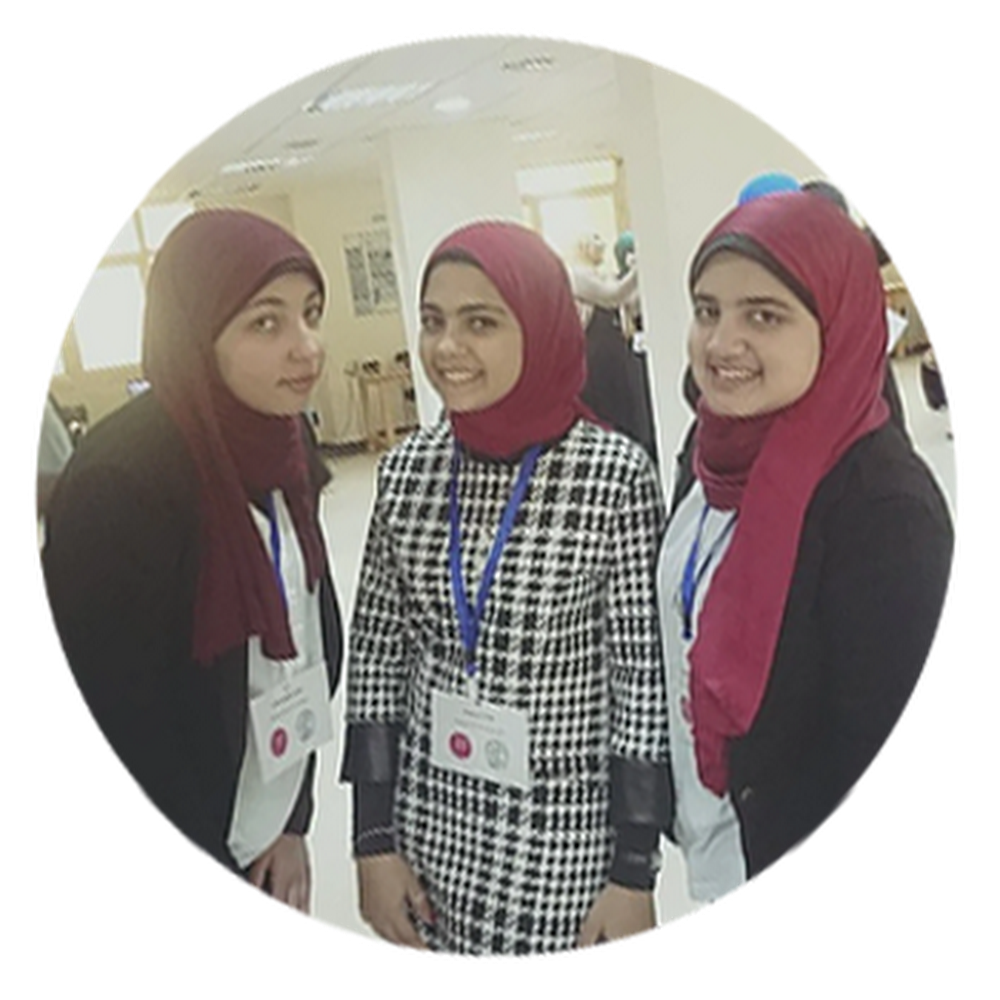
EUROPE
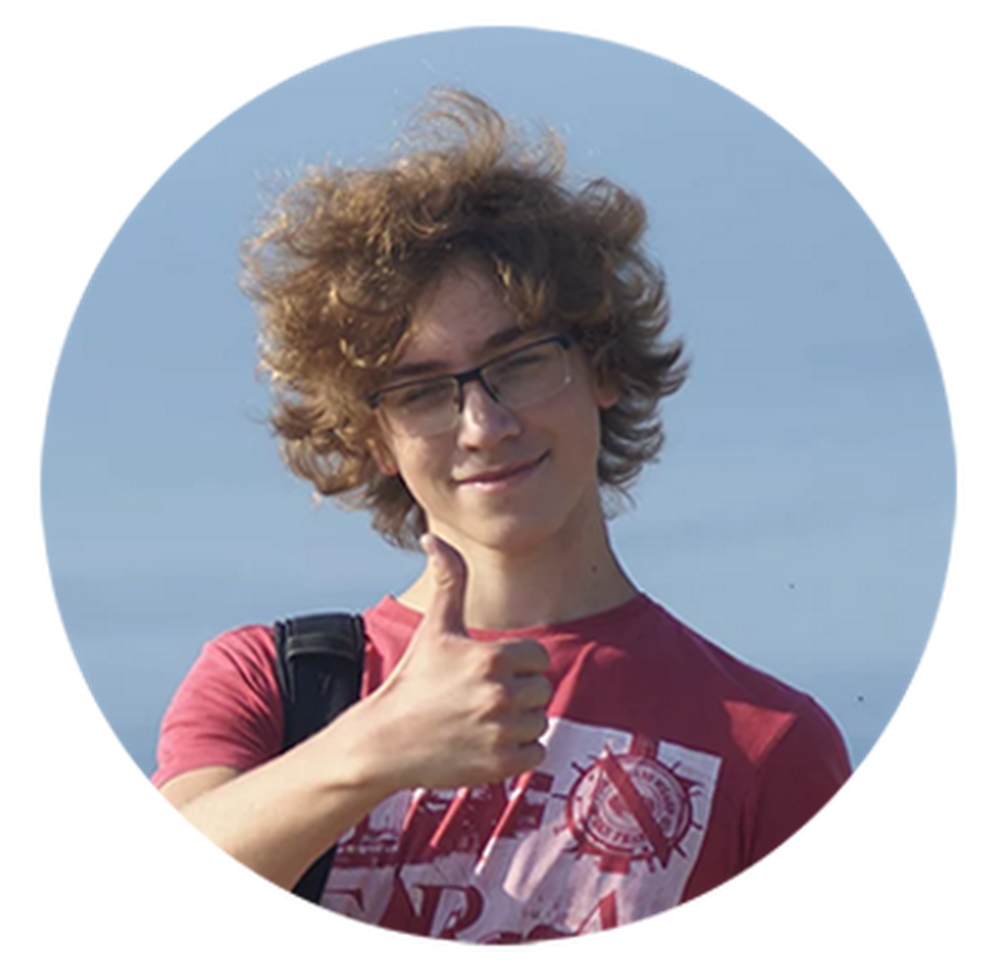
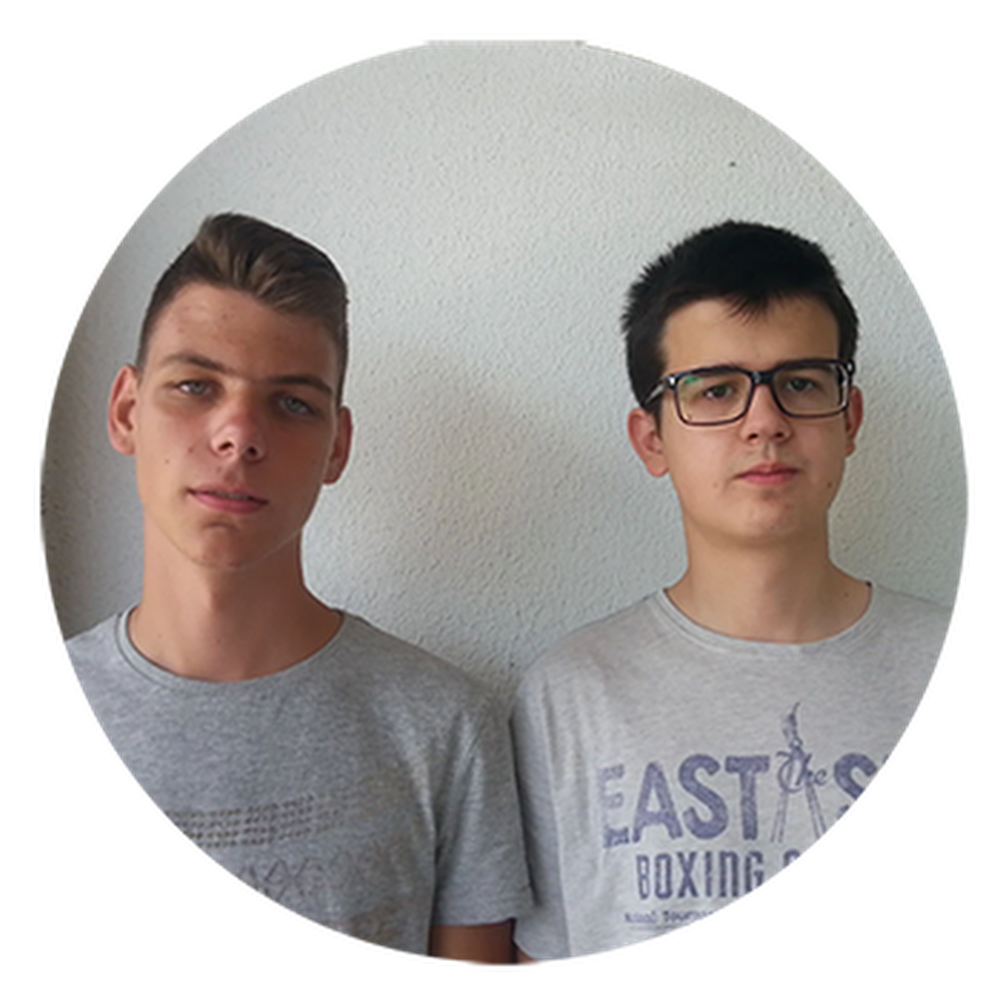
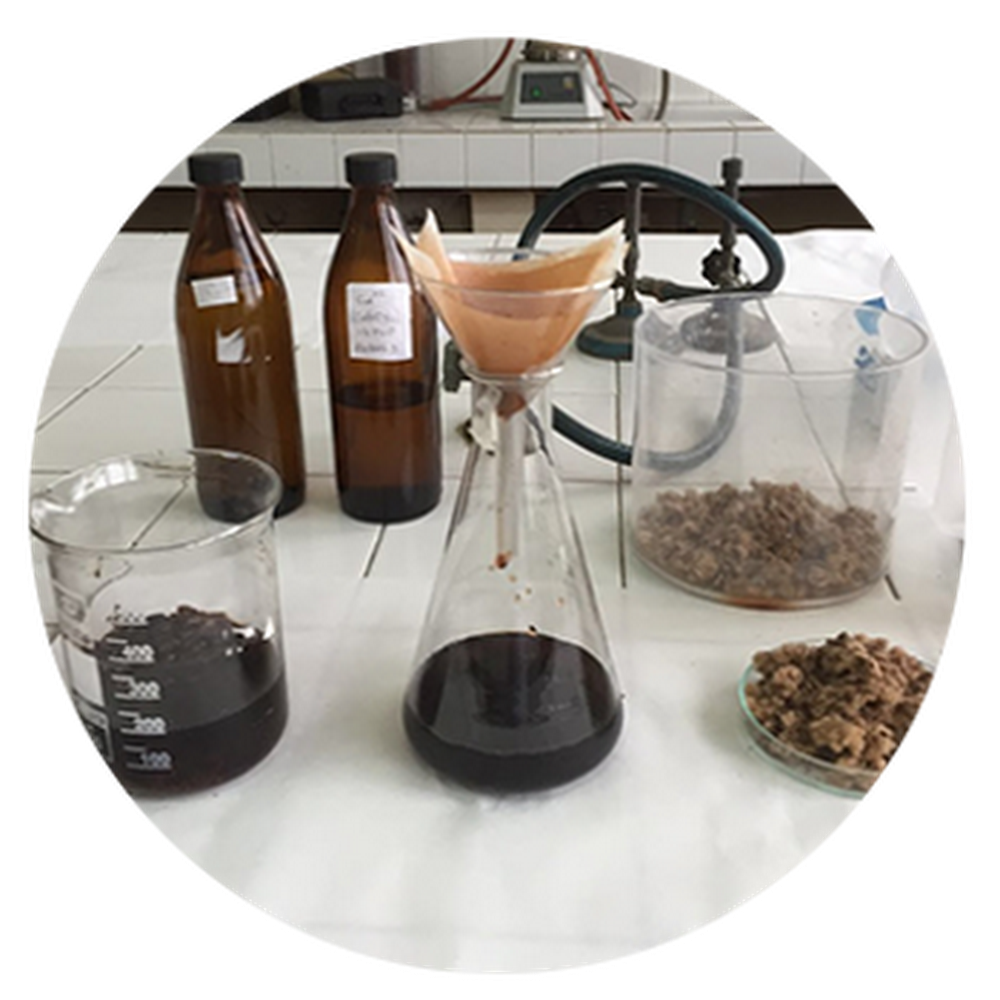
A native of Istanbul, Turkey, Esra (13) was concerned about how difficult it can be for locals and visitors to access clean drinking water without worrying about lead contamination in highly industrialized areas. Most visitors are advised to drink bottled water, and to avoid getting tap water in their mouths when taking showers or brushing their teeth! Inspired to create a new filtering solution that can help people avoid this problem, Esra investigated the use of mussel shells as a filtering device. His work showed that mussel shells are ideally suited to absorbing lead from soil and water and plentiful. Luckily, they also cost very little. Esra hopes to introduce this filtering option to his local community to create clean water for everyone.
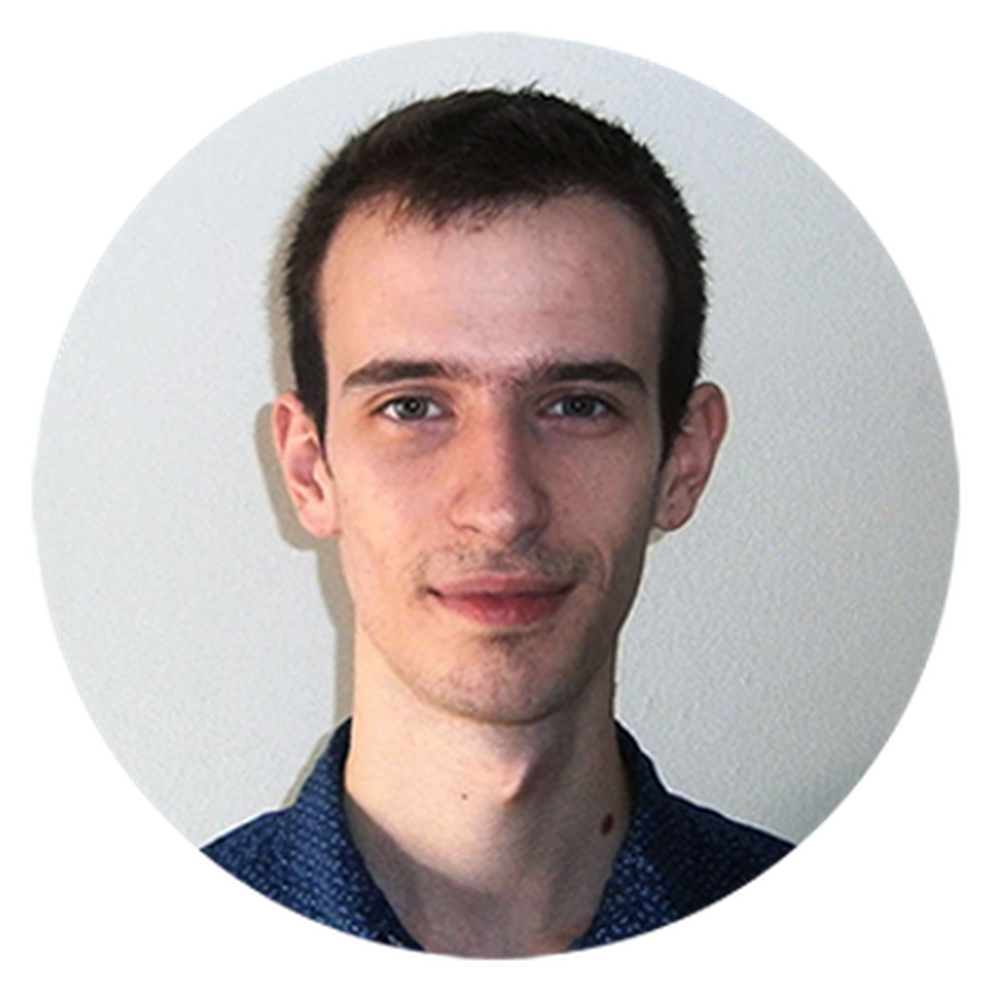
Alex (18) lives in Athens, Greece. Fascinated by the intersection between robotics, software design, and the internet, he wanted to create the ultimate solution to solving health problems "in the cloud." In thinking about who needs health care the most, he realized that many people can't afford to visit a hospital or are physically too far away to access quality health care. Particularly for critical situations where a patient needs surgical care urgently, Alex wondered: wouldn't the world be a better place if a surgeon could treat their patient safely from thousands of miles away? To solve this, Alex built a robot and manually coded software that could control the robot remotely from any internet-enabled device. Through software and mechanical engineerings, Alex has created a platform that enables medical professionals to help patients wherever they are in the world, at any time.
